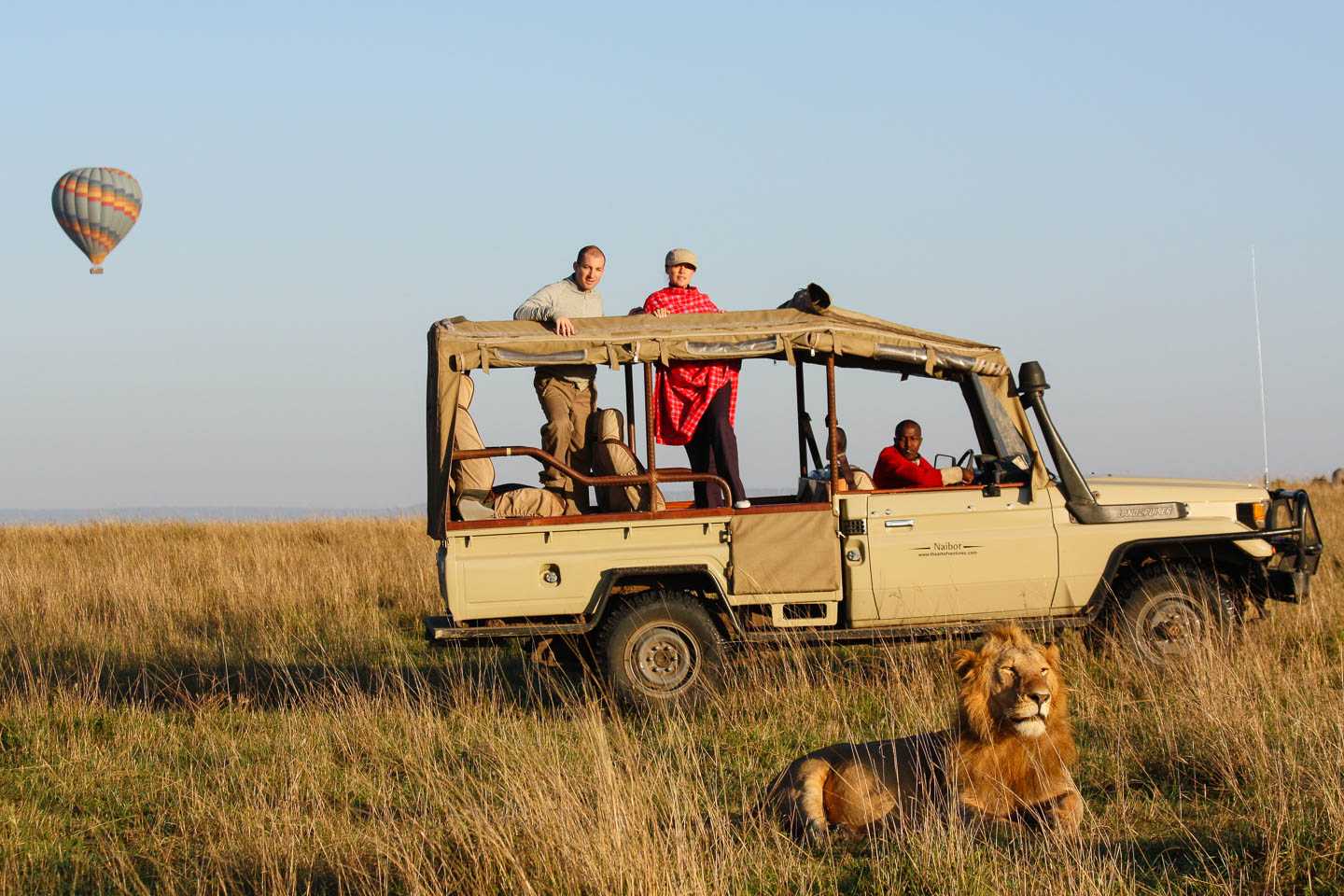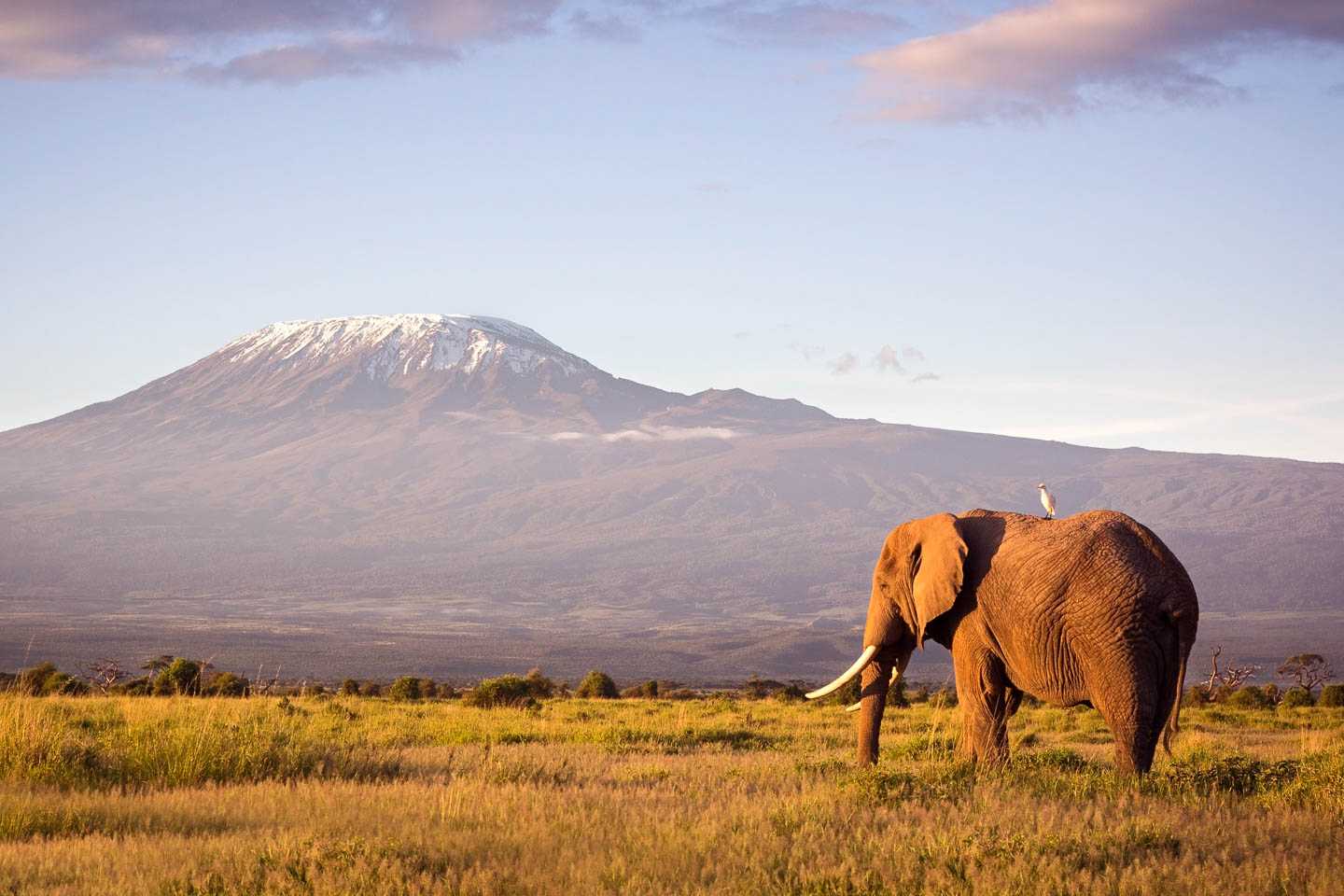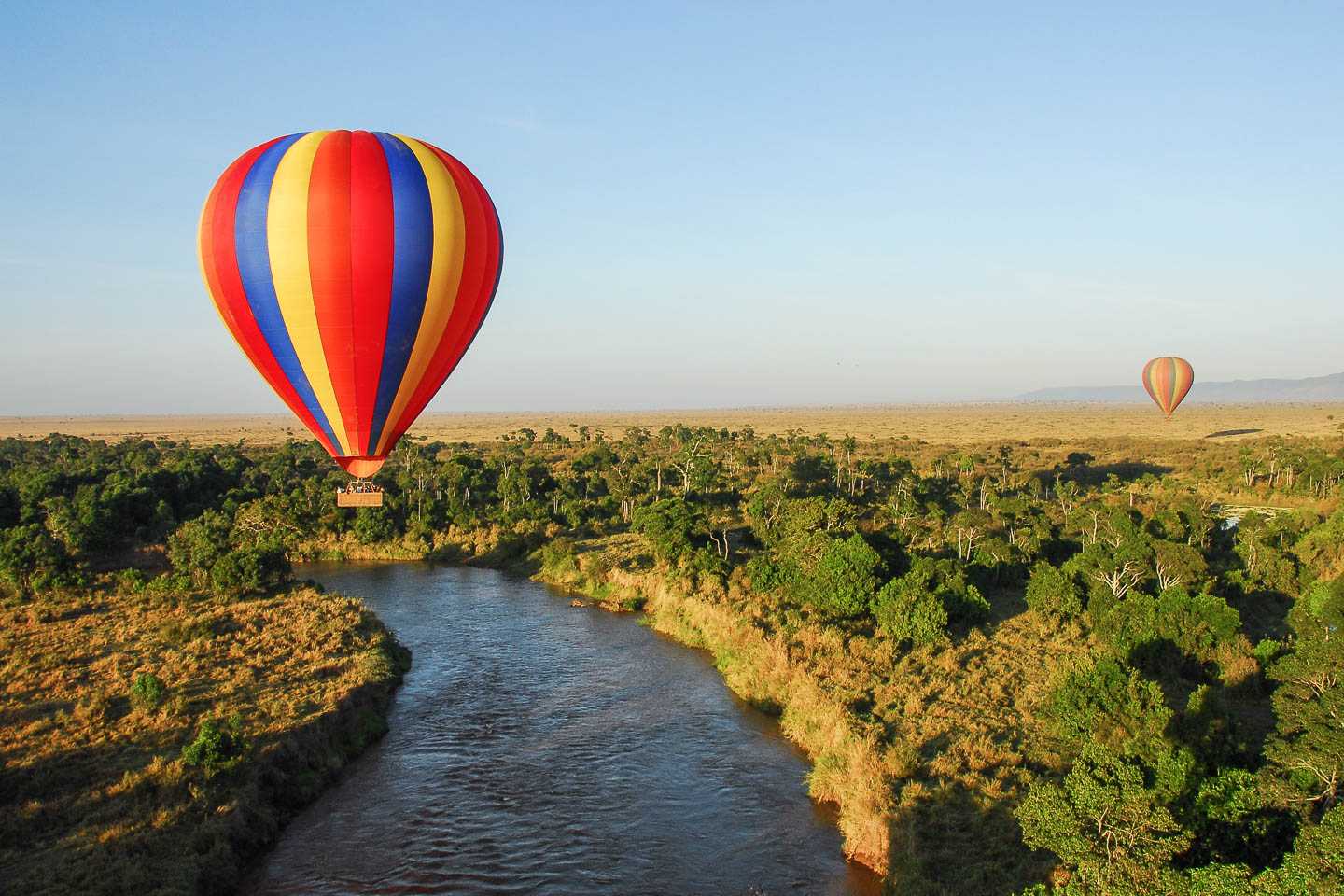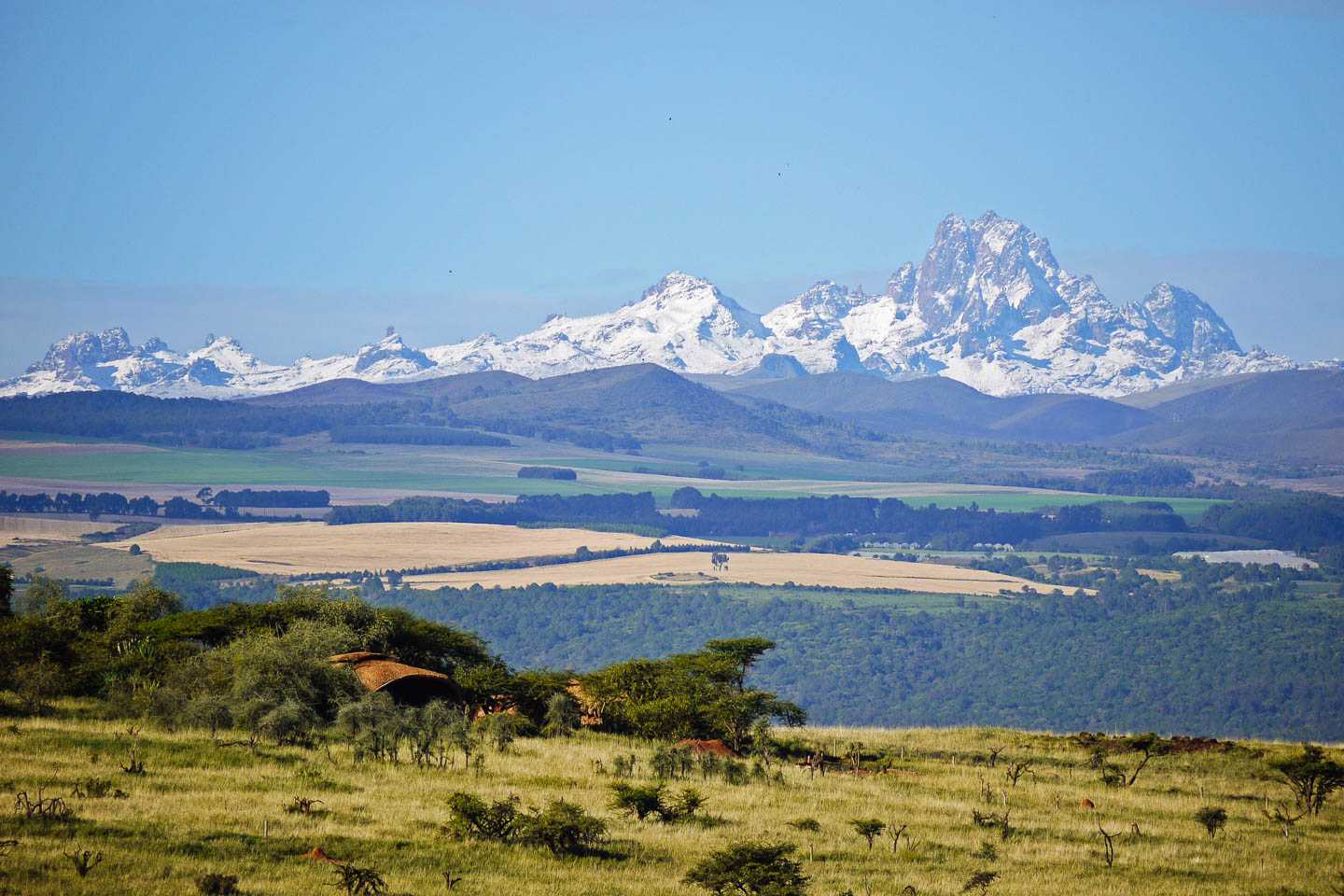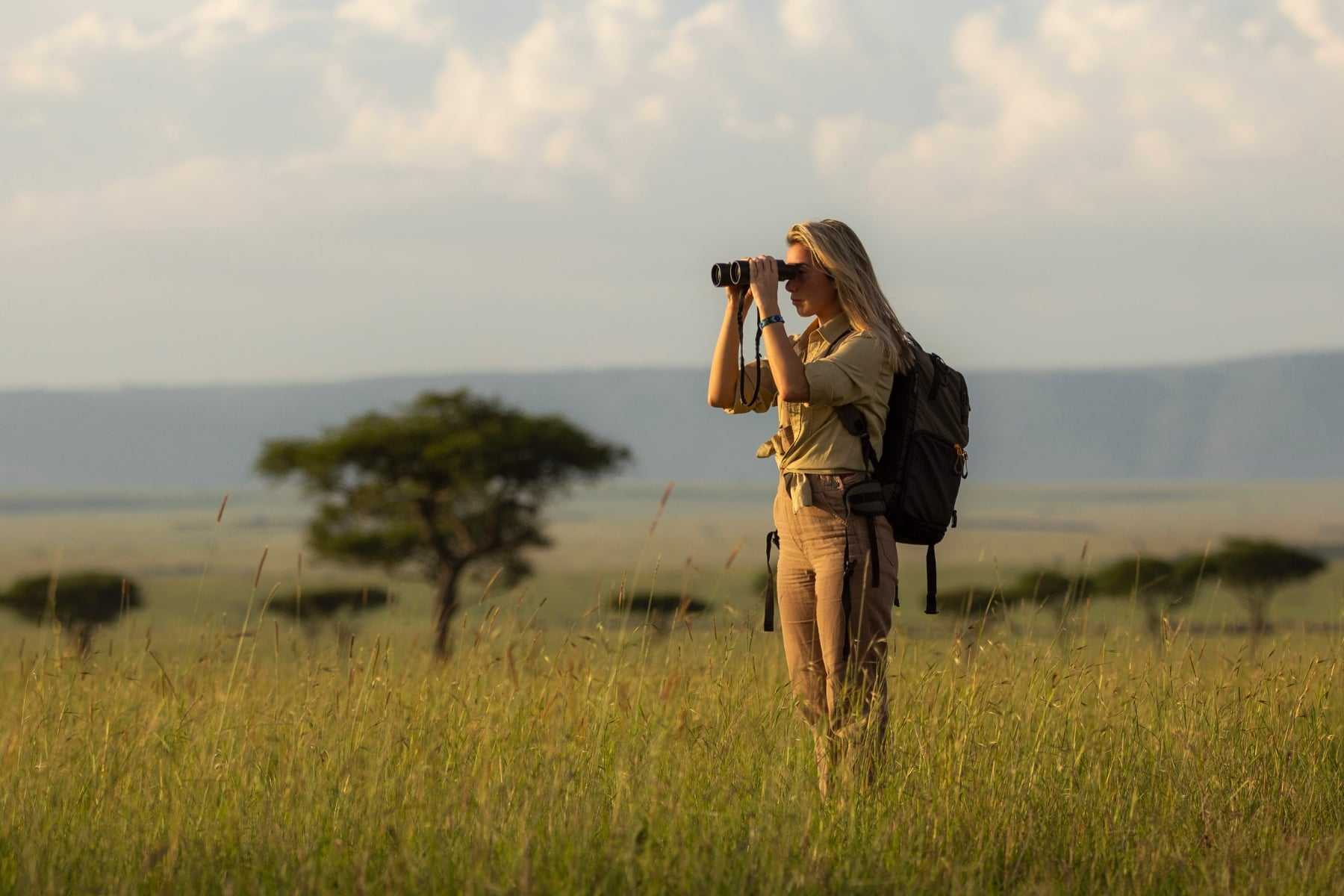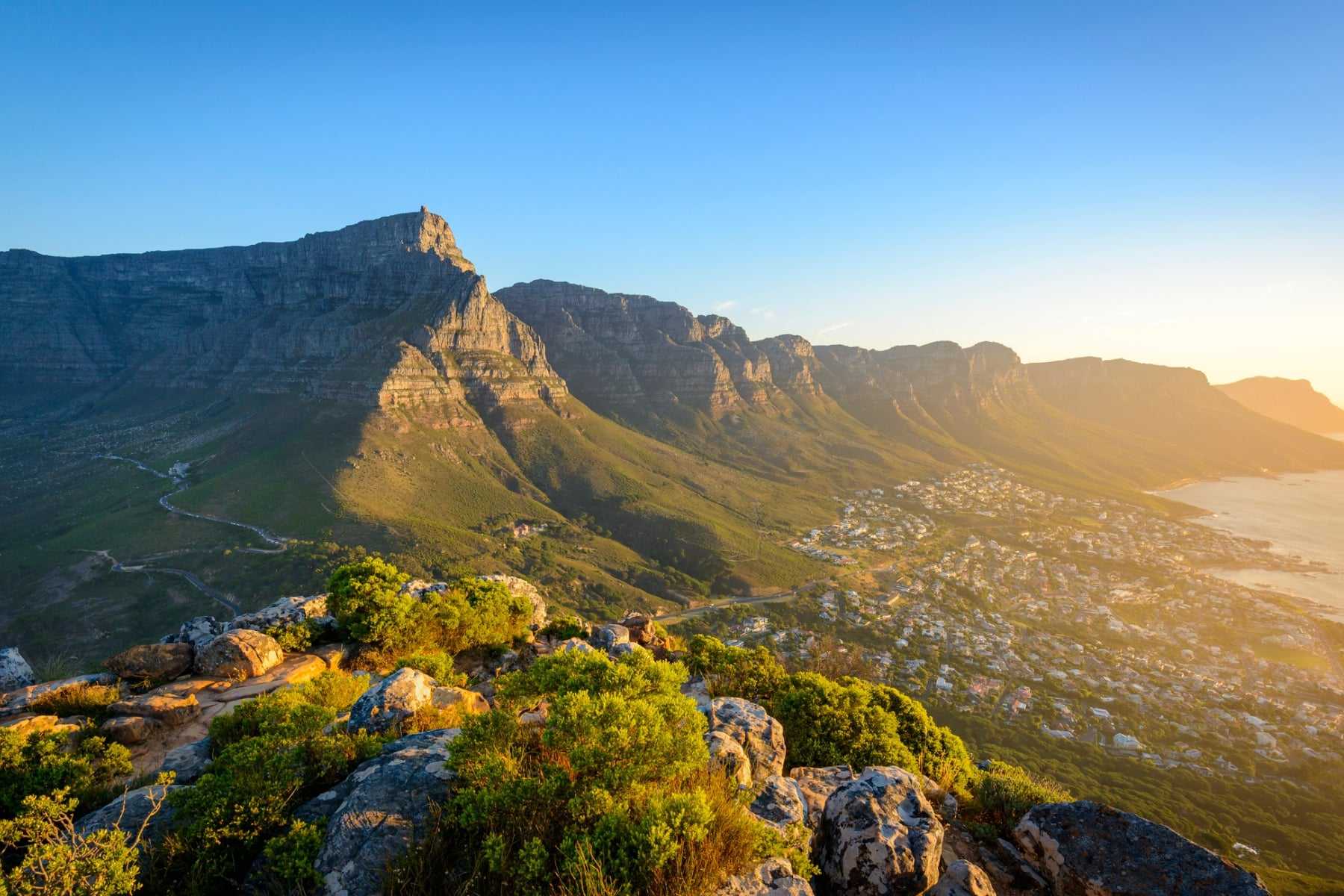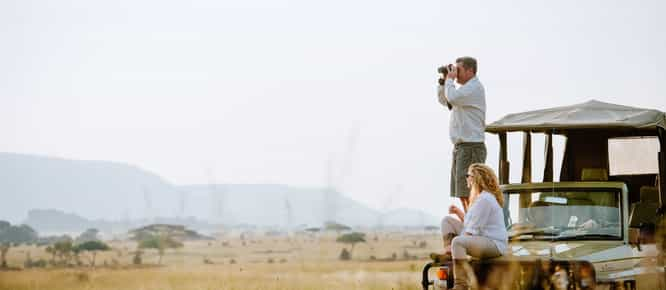The ‘When should I go?’ question is always a tricky one. The best time to visit Kenya usually depends on what you want to see, how you want to see it and of course, when you can actually travel. Whether you’re looking for a little bit of Kenyan sunshine (don’t let the winter get the better of you) or can only travel in a certain month of the year, it’s a good idea to spend some time looking into the conditions and what’s happening on the ground. Handy then, that we’ve done it for you.
January to March
The beginning of the year brings the ‘short dry season’ with beautiful sunny days before the heavy rains start in earnest at the end of March. The Samburu National Reserve birthing season is in full swing, making it the perfect time to witness new life as it enters the world as well as having the opportunity to watch the local predators as they put their hunting skills to the test. As well as being an excellent time to spot wildlife in pretty much all of Kenya’s parks and reserves, this season is also good for sun lovers hoping for a beach break. The sun will be shining, the water at its warmest and if you’re a keen diver, you’ll be happy as a clam with visibility reaching up to 30m.
April and May
Those heavy rains we mentioned earlier? Now’s their time. Generally, the rain falls in spectacular downpours for a couple of hours but longer showers aren’t uncommon. Kenya isn’t quite as set up for the weather as some camps in Tanzania for example – there’s quite a lot of mud around and a good chance of getting stuck. Think of it as an adventure! With some careful planning, this is a stunning time of year to take advantage of with brilliant light and fresh colours and hardly anyone around. It’s also the cheapest time of year to visit Kenya by far (which potentially makes it the best time to visit Kenya). Most of the really inaccessible camps are closed so if a camp is open, rest assured the game viewing will be good and you’ll be dry (for most of the time anyway!)
June to October
Like most sub-Saharan countries, one of the best times to visit Kenya is the main dry season from June to October. Rain is unusual (but you can never be totally sure!) and days are clear and sunny. Kenyans may refer to the ‘cold winter’ but really, the temperatures are ideal for game-viewing in the reserves and sun-lounging at the coast, which is always slightly warmer anyway.
So far so dreamy. But a combination of European school holidays, the glorious weather and the Great Migration spilling over into the Masai Mara from Tanzania (roughly July to October) means it does get busy. If you want to avoid the crowds and aren’t fussy about visiting the Mara, head up country to the Laikipia area, Samburu and Meru or push a trip to the Mara back to October – our favourite month.
But if watching battalions of wildebeest plunging over the Mara River past snapping crocodile jaws and straight into the waiting predators on the other side sounds exciting (it is), then the Great Migration in Kenya is for you. The famed river crossings take place from roughly July to October, depending on the previous year’s rains. We would recommend planning a migration trip at least a year in advance – there might be some good last minute deals to be had but it’s a risky business. Read more about when to see the migration here.
November and December
This is the time of year for the ‘short rains.’ They might be unpredictable, but showers are short and sharp and shouldn’t affect game viewing hugely. Most camps will provide all manner of waterproofs, wellies and umbrellas (and an excellent shoe-cleaning service for that matter). This can be a wonderful time to visit – fewer people, juicy sproutings of green grass, dramatic sunsets and, importantly, it’s the shoulder season and the camps are much more affordable. It’s still a good time to visit the coast and for ‘bush and beach’ combos too.
By mid-December, the rains have usually stopped and made way for clear blue skies – just in time for Christmas! This is another busy time in Kenya and, with a relatively short flight time and the promise of lots of sunshine, it’s a popular winter break from Europe. Again, booking in advance is essential especially if you’ve got a beach break at the coast in mind.
